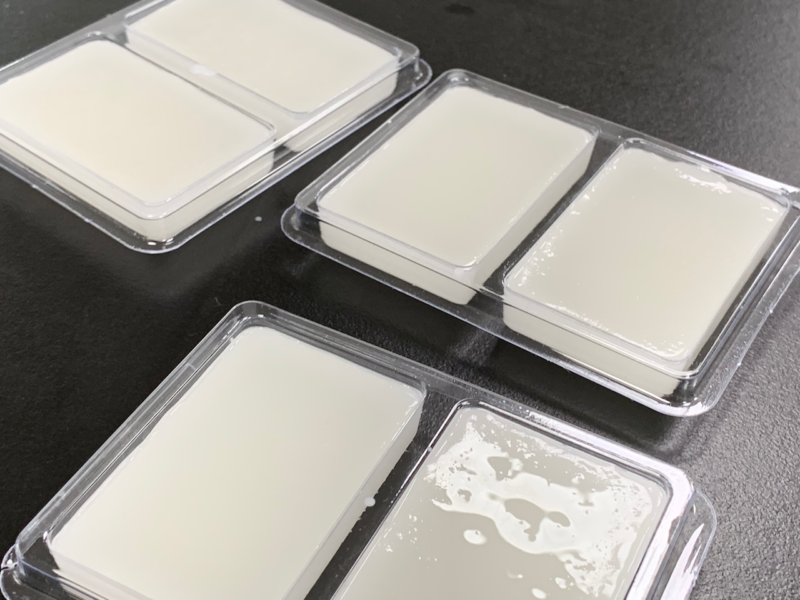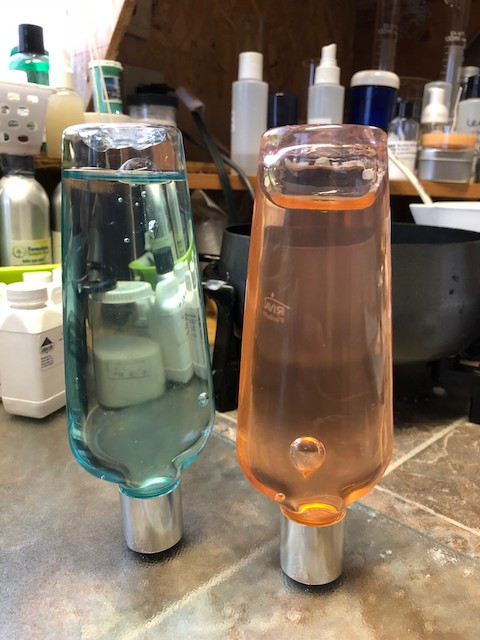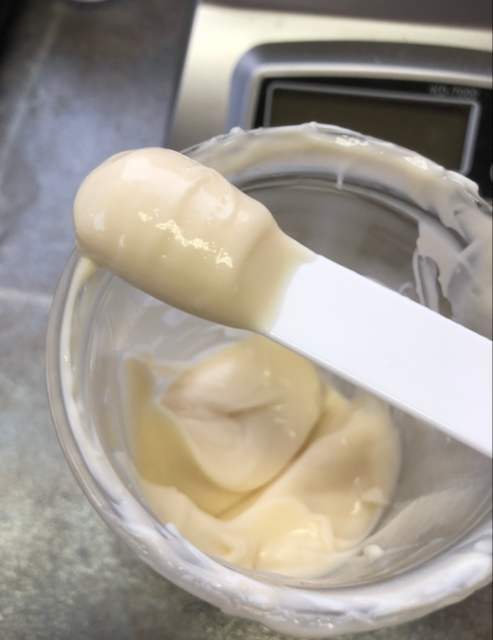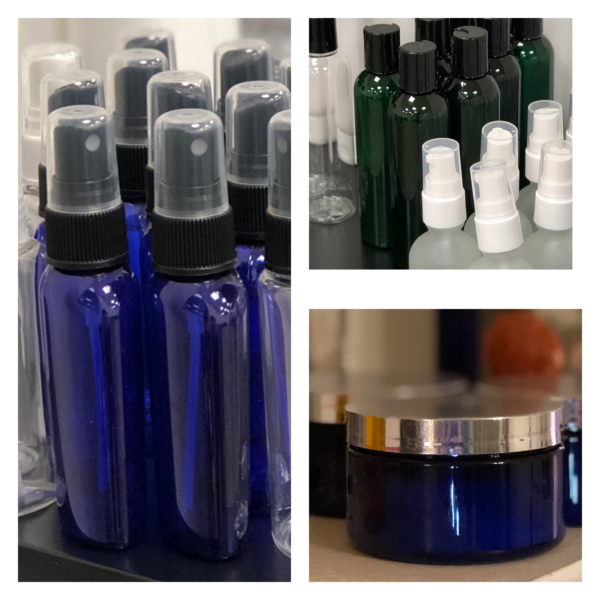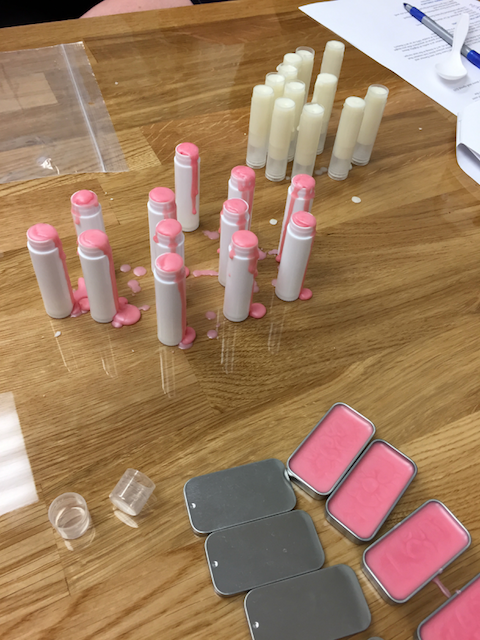Q&A: What can I substitute for polyquaternium 7 in a conditioner bar?
In the December Q&A, Sherri asked, I was hoping to make conditioner bars for my girls’ stockings, but I’m almost out of polyquaternium 7, and my usual Canadian supplier is sold out. Are there any substitutions I can use? Quick note: I’ve started a Q&A post on conditioner bars that you’ll find pinned to the right...

